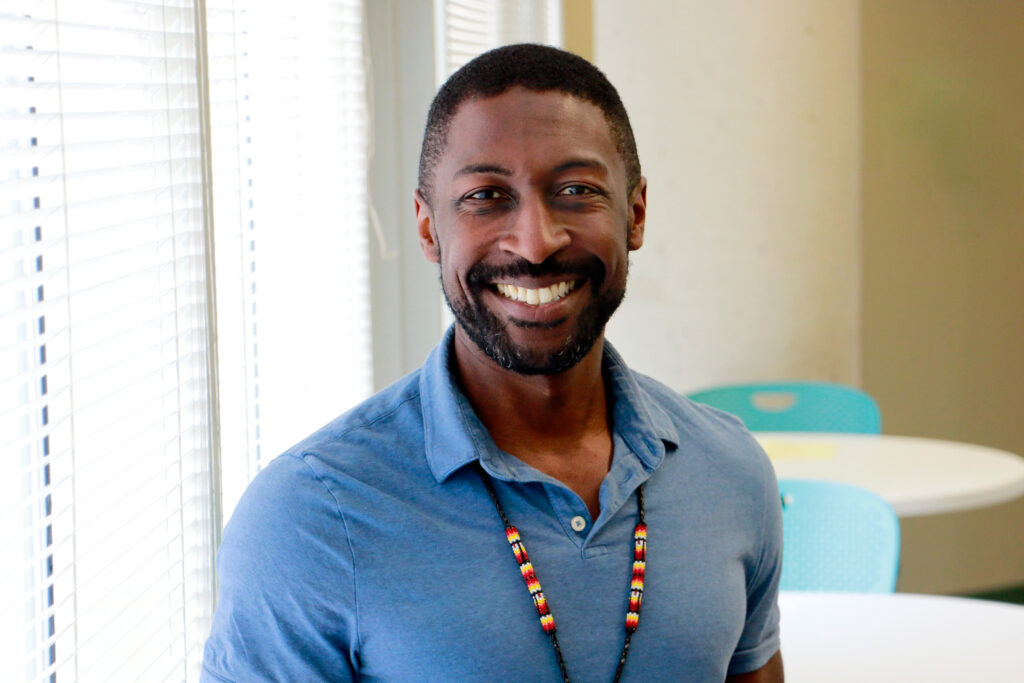November is Diabetes Awareness Month
As is typical for almost any lab almost anywhere, one at Children’s Hospital Research Institute of Manitoba (CHRIM) is filled with microscopes, beakers, test tubes, fume hoods and so on. There’s something else going on in this lab and it’s not happening anywhere else.
At DREAM (Diabetes Research Envisioned and Accomplished in Manitoba), a team of scientists and clinicians are building a world-class pediatric diabetes research hub. What’s different though is that one project is rooted in a core idea that families with kids living with Type 1 and 2 diabetes should help lead the science that affects them.
DREAM was founded in 2011 under the leadership of Dr. Jonathan McGavock and Dr. Grant Hatch at CHRIM. Initially the research program focused on improving knowledge about youth onset type 2 diabetes from the laboratory into the clinic, into the community and back. With DREAM’s growth, research expanded to type 1 diabetes, diabetes in pregnancy, as well as a broader expertise in metabolism and epigenetics.
Type 1 diabetes is a condition that requires constant blood sugar monitoring, insulin injections, and meticulous planning around food and activity. A diagnosis at any age is life changing. It’s an autoimmune disease in which the body’s own immune system attacks insulin-producing cells in the pancreas. By the time most kids are diagnosed, 80 to 90 per cent of those cells are already gone.
What if researchers could stop the disease before it starts?

“Manitoba’s rates of childhood-onset type 1 diabetes continue to rise each year,” says Dr. Peter Thompson, a principal investigator in CHRIM, laboratory research head and member of DREAM. “That puts us in a position where we have both an opportunity and a responsibility to do something meaningful.”
The disease most often begins in childhood, with a noticeable peak in diagnosis between ages four and six and another between 10 and 14. It’s not known why those windows are so high-risk says Thompson but figuring it out could be key to catching the disease earlier and one day, possibly preventing it.
Thompson, who is also an assistant professor in the department of physiology & pathophysiology at the University of Manitoba joined CHRIM in 2020. Coming to Winnipeg offered a rare chance to build something from the ground up he says. “It was the opportunity to work in a place where you could ask big questions and where people were really open to working together across disciplines and with the community,” he says. “CHRIM is unique that way. There’s this real culture of collaboration, and a strong emphasis on supporting early-career researchers.”
With that support, DREAM is leading research that spans early detection, better management, and – one day – prevention of type 1 diabetes.
What makes DREAM different is how the science is done.
The research at DREAM on type 1 diabetes is led by the guidance and direction from its parent advisory group, which represents families affected by the disease in different ways. Research into type 2 diabetes is also very strongly patient and family guided.
“You can’t build a research program like this without deep relationships with the people you’re hoping to help,” says Thompson. “Their insight makes our work better.”
One example: a new DREAM-led study is rethinking how children are first taught about diabetes after diagnosis. It’s an idea sparked by parents who felt current education models often don’t match what kids actually need in those difficult first weeks. DREAM researchers work with families to co-develop better educational materials that are age-appropriate, accurate and easier for kids to understand. They’re going even further by studying how these tools affect mental health and diabetes confidence in children.
“Our goal is to improve the lives of children and families living with diabetes,” says Thompson. “And in the long term, we want to move toward preventing it altogether.”
The DREAM model is about more than just listening – it’s about building trust, making space and sharing power. Youth advisors meet regularly with the research team. Indigenous partners guide the creation of culturally appropriate tools. Even young children help frame research questions that might one day change diabetes treatment and prevention.
This kind of collaborative, translational science – taking ideas from the lab to the real-world – is possible thanks to donor support.
“You’re helping us do something that’s both scientifically ambitious and deeply connected to our community,” Thompson says. “That’s special. That’s not happening everywhere.”
With help from the Children’s Hospital Foundation of Manitoba, DREAM is creating a new standard for pediatric diabetes research – one that blends rigorous science with lived experience. The model is already gaining attention across Canada and beyond.
“There’s a lot of national and international interest in what’s happening here in Manitoba,” Thompson says. “We’re showing what’s possible when you put families and kids at the heart of your research.”
Stay in touch!
Sign up for e-news to get updates on the latest events, news, and stories.
sign up for the newsletter